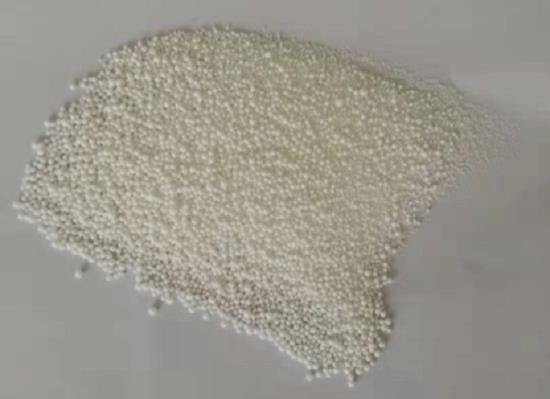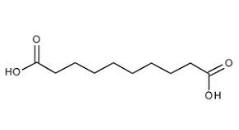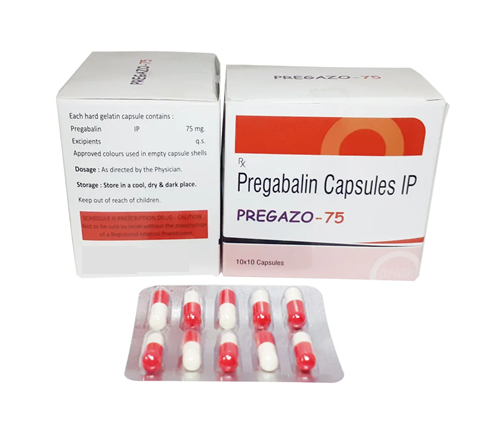Sebacic Acid: An Overview of its Properties, Composition, and Applications
Introduction
Sebacic acid, a naturally occurring dicarboxylic acid with the formula plays a critical role in various industrial applications due to its unique chemical properties. This article aims to provide a comprehensive insight into sebacic acid, focusing on its properties, main components, uses, and storage methods.
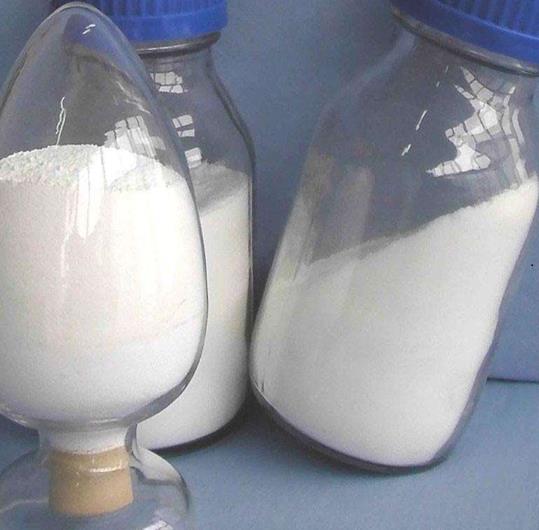
Figure 1 Characteristics of Sebacic acid
Properties
Sebacic acid is derived primarily from the seeds of castor oil plants where it appears as a white flake or powdered form. It is biodegradable, non-toxic, and possesses a melting point of 131-134.5°C, which makes it highly valuable in high-temperature applications. Soluble in water, ethanol, and ether, sebacic acid exhibits excellent compatibility with a wide range of chemical substances, enhancing its utility across various chemical processes. This dicarboxylic acid also exhibits low volatility and good thermal stability, attributes that make it an ideal ingredient in the synthesis of polymeric materials. Its environmental friendliness and efficacy in promoting material durability further elevate its standing in sectors such as automotive, aerospace, and electronics, where performance and sustainability are paramount.
Main Components
The primary source of sebacic acid is the castor oil plant, specifically from castor seed oil, which undergoes pyrolysis to yield this important organic compound. During this process, castor seed oil is heated in the absence of air, leading to the decomposition of ricinoleic acid, the major component of castor oil. The production process also involves the cleavage of ricinoleic acid, extracted from castor oil, under heat and pressure, leading to the formation of sebacic acid and other byproducts. The resulting sebacic acid can be further refined to remove impurities, enhancing its purity. Depending on the intended industrial application, the purity of sebacic acid, along with its specific formulation, can be adjusted, making its composition highly versatile. This flexibility in production allows manufacturers to tailor sebacic acid to meet specific performance criteria, making it indispensable in the creation of a wide range of products, from plastics to lubricants.
Uses
Sebacic acid's applications are incredibly diverse, extending from its role as a monomer in the production of nylon (nylon 6,10) to its use as a plasticizer, lubricant, and hydraulic fluid, and in the manufacturing of cosmetics. Its utility is particularly notable in the synthesis of polyamide and alkyd resins, where it imparts critical properties such as durability, flexibility, and resistance to harsh chemicals and temperature variations. Additionally, sebacic acid is crucial in the production of adhesives and sealants, enhancing their performance by improving adhesion and flexibility. Its role in the creation of bioplastics is also significant, highlighting the industry's shift towards sustainable and environmentally friendly practices. The acid's applications in the automotive and electrical industries as a corrosion inhibitor and dielectric fluid respectively, further demonstrate its broad utility. These uses underscore the versatility of sebacic acid, making it an essential component in a myriad of industrial applications that demand high performance and sustainability.
Storage Methods
Storing sebacic acid requires specific conditions to maintain its chemical integrity and prevent degradation. It should be stored in a cool, dry place away from direct sunlight and moisture. Containers must be tightly sealed to avoid contamination. For large-scale storage, it is recommended to use corrosion-resistant containers under nitrogen to prevent oxidation. Proper storage conditions help preserve sebacic acid's efficacy and extend its shelf life, which is crucial for maintaining its industrial value.
Conclusion
Sebacic acid remains a cornerstone in the field of industrial chemistry, with its applications underscoring the compound's versatility and importance. Understanding its properties, composition, and uses not only facilitates better handling and utilization but also highlights the potential of this compound in fostering innovations in various chemical products and processes. As the demand for sustainable and efficient chemical solutions continues to grow, sebacic acid will undoubtedly play a pivotal role in shaping future developments in the chemical industry.
![Article illustration]() References
References
[1]Bond, Andrew D., Marc R. Edwards, and William Jones. "Sebacic acid."Acta Crystallographica Section E: Structure Reports Online57.2 (2001): o141-o142.
[2]Zhang, Fang, Chuanhui Huang, and Tongwen Xu. "Production of sebacic acid using two-phase bipolar membrane electrodialysis."Industrial & engineering chemistry research48.16 (2009): 7482-7488.
You may like
Related articles And Qustion
See also
Lastest Price from Sebacic acid manufacturers

US $80.00/kg2025-08-29
- CAS:
- 111-20-6
- Min. Order:
- 1000kg
- Purity:
- 99.50%
- Supply Ability:
- 50 ton per month
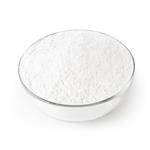
US $3.00/kg2025-04-21
- CAS:
- 111-20-6
- Min. Order:
- 1kg
- Purity:
- 0.99
- Supply Ability:
- 10000


